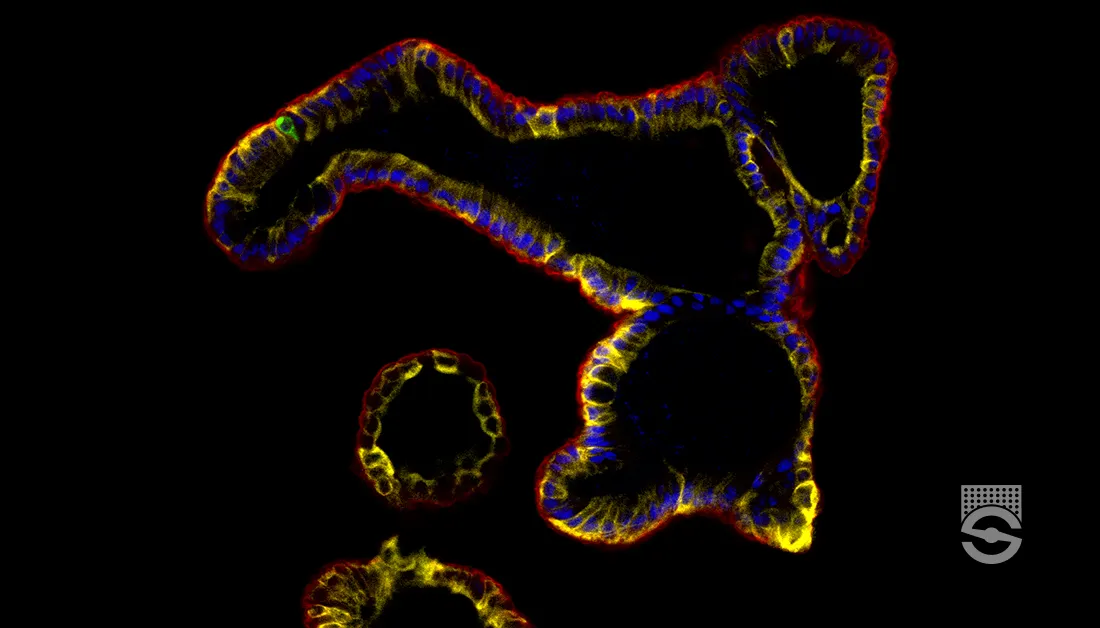Papamiltiades' Alum Hematoxylin
Materials
| Material | Amount | Function |
|---|---|---|
| Hematoxylin | 4 g | Dye |
| Aluminum sulphate | 10 g | Mordant |
| Distilled water | 900 mL | Solvent |
| Zinc sulphate | 5 g | – |
| Potassium iodide | 4 g | Stabiliser |
| Glacial acetic acid | 32 mL | Acidifier |
| Glycerol | 100 mL | Stabiliser |
Compounding Procedure
- Dissolve the hematoxylin in 400 mL water.
- Dissolve the aluminum sulphate in 200 mL water.
- Dissolve the zinc sulphate in 100 mL water.
- Dissolve the potassium iodide in 100 mL water.
- Combine the four solutions, then add the acetic acid and glycerol.
- The solution may be used immediately, and is stable for about two months.
Protocol
- Bring sections to water with xylene and ethanol.
- Place into the staining solution for an appropriate time.
- Rinse with water and blue.
- Rinse well with water.
- Counterstain if desired.
- Dehydrate with ethanol, clear with xylene and mount with a resinous medium.
Expected Results
- Nuclei – blue
- Background – as counterstain or unstained
Notes
- The solution is progressive.
- The purpose of the zinc sulphate and potassium iodide are not clear.
- The staining time should be determined by trial.
- Blueing is done with alkaline solutions such as hard tap water, Scott’s tap water substitute, 0.1% ammonia water, 1% aqueous sodium acetate, 0.5% aqueous lithium carbonate etc.
Safety Note
Prior to handling any chemical, consult the Safety Data Sheet (SDS) for proper handling and safety precautions.
References
- Putt, F.A.
Manual of Histopathological Staining Methods
John Wiley & Sons, New York, NY., USA






